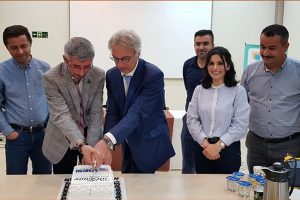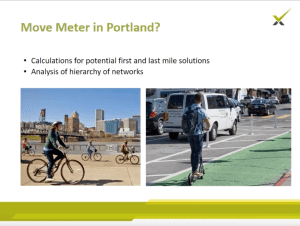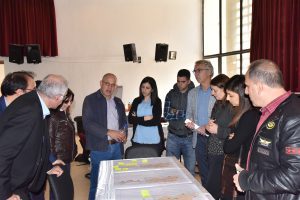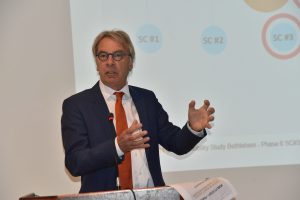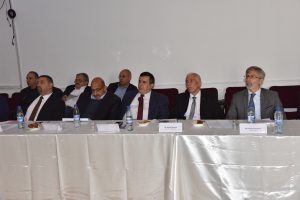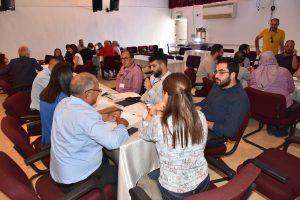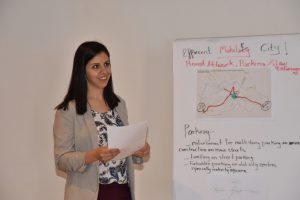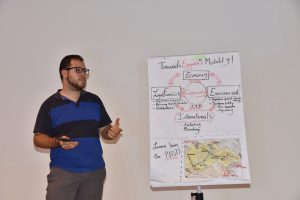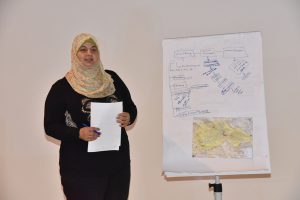We are working on a smart moving Green City Kigali
Comments Off on We are working on a smart moving Green City KigaliWe have been hired as mobility experts and are engaged in validating the results of the Master Plan, and providing detailed designs for the pilot phase. Our purpose is to enable the sustainable expansion of urban Kigali; Smart Moving Kigali so to say.
The goal of the project is to create a model community in Kigali that demonstrates and establishes a new national and regional standard for sustainable urban development by promoting urban resilience and affordable housing. Building green is “a necessity, not a luxury” and it will feature a range of initiatives, including the use renewable energy, rainwater harvesting, wastewater management, recycling and reuse of water and sustainable transport solutions. The development will provide much-needed quality housing for low- to moderate-income people.
The project site is located on Kinyinya Hill in the northeastern part of Kigali’s central business district and covers an area of about 600 hectares. The pilot phase of the project is 16 hectares.
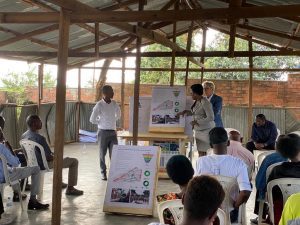
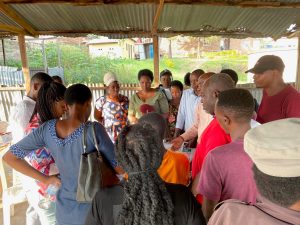
Together with the local team of FBW we began the project with communication sessions on “Mobility”. Topics covered included public transport (BRT), walking and cycling, and the expected growth of the private car. What are the ideas of the community about connecting neighborhoods with different modes of transportation and with what kind of roads? What does the community view as their priority and how should the interventions be phased?
